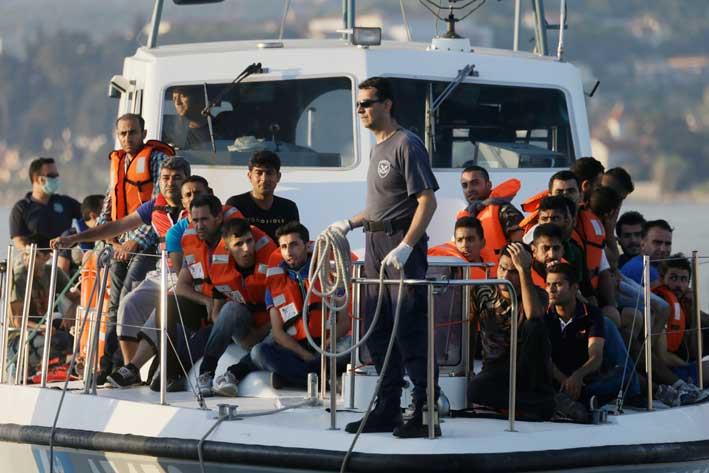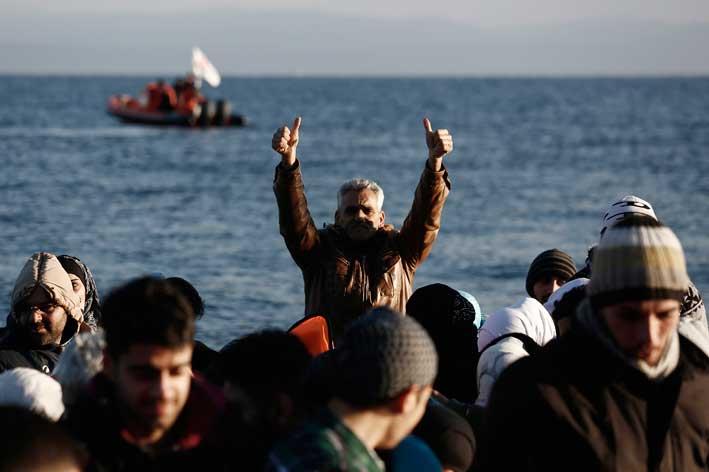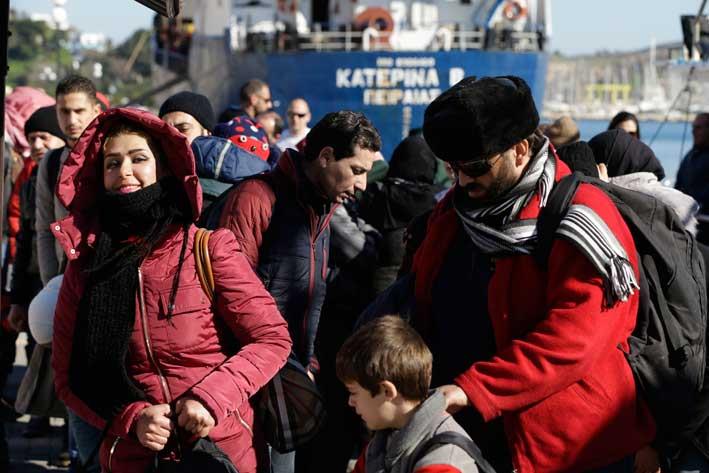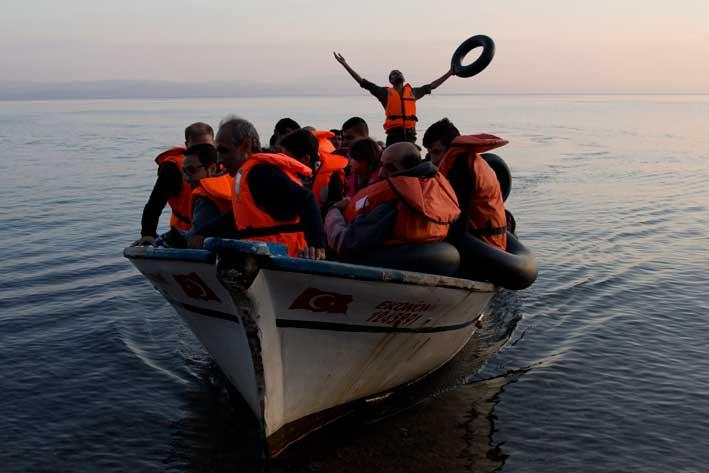The Dutch EU Presidency has warned that as the temperature in the Mediterranean gets warmer, more migrants could try to make the crossing, possibly reaching 2014 levels.
“Since the closure of the Western Balkans route and the implementation of the EU-Turkey statement, crossings along the Eastern Mediterranean route have drastically decreased.
“While the implementation of the EU-Turkey statement is being closely monitored and as weather improves, the Central Mediterranean route is re-emerging as the primary source of illegal entry into Europe,” reads a leaked document sent from the Dutch EU Presidency to the Strategic Committee on Immigration, Frontiers and Asylum/Mixed Committee.

The document deals with a possible increase of people crossing the Mediterranean towards Italy in the summer months. Malta is known to receive many migrants by boat when the Central Mediterranean route gains in popularity, as was experienced in 2014 and the years preceding it.
Many of the crossings start from Libya, but as the document has revealed, some crossings have now started from Egypt, with the vessels remaining close to the coast while picking up migrants, in order to avoid certain unruly Libyan points, before it gets to European territorial waters.
“Focus should therefore be given to this route in order to prepare the necessary steps to manage migration flows along the route,” the leaked document reads.
Data indicates that the first three months of 2016 saw a similar level of migrant arrivals through the Central Mediterranean route when compared with 2015 and 2014. April 2016 saw a sharp drop when compared with the previous two years, but this should be seen as the exception and not the rule, the Dutch EU Presidency wrote.

Assuming all else remains stable, then the summer months should see a spike in migrants crossing into Europe using this route, as was the case in 2015 and 2014. Malta itself has experienced a sharp decline in the number of migrants reaching its shores in 2015.
Many have speculated about a secret deal between Malta and Italy, whereby the latter would take in migrants at sea in exchange for drilling rights from the former’s territorial waters.
This has been denied by the Maltese government. Arrivals of irregular migrants in Malta during 2015 should not be perceived as a trend, in light of the high numbers experienced by the island’s neighbours as well as further instability within Libya’s borders.

“A cautious analysis therefore suggests that it is reasonable to assume that the Central Mediterranean route could see a level of arrivals at least as high as in 2014. Much will depend on the evolution of the situation in Libya and the implementation of possible actions that could address the situation in Libya and along the Mediterranean,” reads the document.
A BBC special report found that so far, 8,412 migrants were found to be dead or missing during crossings between the Horn of Africa and Europe. In view of the EU’s strong stance on championing human rights, it would be in the region’s best interests to gear up for increased crossings throughout the summer months.
The Dutch Presidency for the EU Council stressed that “the relations with countries of origin in Africa will have to be intensified in line with the outcome of the EU-Africa summit on migration in Valletta and the EU strategy for external action on migration. Recent valuable analysis and contributions, such as the Italian proposal for the migration compact, need proper follow-up.”
It was, however, noted that at this moment in time, “no significant shift observed of Middle Eastern migrants changing their route from Turkey to the Central Mediterranean route.”

Migrants rescued at sea in the Mediterranean at this stage are still primarily sub-Saharan West Africans. On the whole, such migrants are considered economic ones and do not qualify for relocation under the new EU migrant agreement.
“Later on in the season, it is likely that East Africans will join the flow in greater numbers. The chaos in Libya is both a deterrent as well as a pull factor for many migrants to try and cross the Central Mediterranean there,” the document reads.
The trends and patterns for the Central Mediterranean corridor remain unclear – especially when comparing each month of a particular year with the previous years. For instance, as indicated in the document, February 2016 arrivals was lower than in 2015, however March 2016 was much higher than March 2015.
Italy has confirmed its low arrivals of people coming from Syria, Iraqi and Afghani, which illustrates how at this stage, the Central Mediterranean route is not considered a viable alternative to the Easter Mediterranean route.
Despite this, however, the Dutch EU Presidency has requested what the committee’s assessment of migratory flows in the region is and how the EU institutions can help countries along the central route, such as Malta, cope with the increased pressures of migrant arrivals in the summer months.
While many of the migrants coming in summer might not hail from war-torn Syria, Iraq or Afghanistan, an increase in numbers of West Africans would still necessitate a plan in place to prevent deaths occurring at sea.